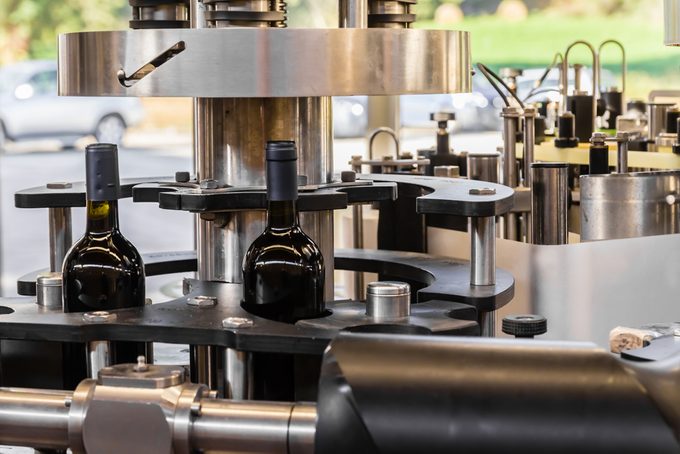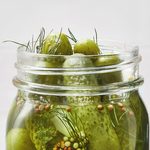Divine Guide to Wine
For most of us, wine is an essential part of family or friendly gatherings. We often find ourselves sitting at a table around delicious food and a nice bottle of vino to accompany it. But how to pick a good one? You have to admit: it’s not an easy feat if you’re completely clueless when it comes to wine. Here are a few tips to help you out next time you’re trying to choose a bottle:

Aperitif or Main Course?
First of all, you’ll need to figure out what kind of food you’ll be drinking the wine with: will it be served as an aperitif, to accompany a full-course meal, or merely consumed while sitting around during a movie night with the girls? Each situation and dish calls for a different type of wine; ideally, you should pick a sweeter wine as an aperitif and a more full-bodied one to accompany a main meal.
Red or White
This is the easiest choice to make: first off, most people have a preference for one or the other. Red tends to taste better with red meat, cheese, and tomato or gravy-based sauces. As for white wine, choose it when serving fish, seafood, white meat or dessert, as well as lemon or mushroom-based sauces and different kinds of creams.
Appellation
Certain wines hold a French certification called “A.O.C.”, which stands for appellation d’origine contrôlée (literally “term of controlled origin”). This means that the product was subjected to rigorous production, cultivation and tasting standards. In other words, it’s a type of guarantee that the wine you are buying is of a decent quality.
Vintage Year
A specific wine’s vintage year refers to when its grapes were harvested as well as the meteorological conditions of that same year. However, for countries and regions where weather conditions are generally favourable (such as California and Australia), this notion is not so useful, since the climate is fairly constant and the resulting wine is similar year after year.
Grape and Vine Variety
There are quite a few names used to designate the different grapevine varieties: actually, there is a name for each one! Bordeaux, Cabernet, Merlot, Chardonnay, Pinot and Riesling are a few examples of the most well-known.
Read Labels
The label provides you with valuable information on the wine contained in the bottle, but not necessarily on its level of quality. However, you will find important facts on it such as the vintage year, the percentage of alcohol and sometimes a detailed description of its taste.
Harmonizing Wine & Food
Big wine connoisseurs agree that finding the perfect wine to go with a certain dish is nearly impossible. But why? Well, each bottle of wine is different, even when comparing several bottles of the same wine. That’s why it’s important to follow these basic rules:
- The intensity of the wine and of the dish it accompanies should pretty much the same. This means that if you are serving a light dish, you should also choose a very light wine. On the other hand, if the food is a bit spicier, you should look for a bottle that is more flavourful.
- Try to match the wine’s aroma to the type of food as much as possible. Sweet and fruity foods will go well with a similar type of wine, whereas dishes that are a bit more woodsy (for example, something served with a mushroom sauce) will taste better with a woodsy wine. Beware of very salty foods: they make certain wines seem sweeter than they actually are.
- Certain foods give us a biased perception of the taste of wine and should be avoided when drinking it: garlic, bitter vegetables (like radish, cucumber, endives), and vinegar are just a few examples.
Avoid…
- Red meat with a white or very sweet wine.
- Fish, raw vegetables or goat cheese with a tannic red wine (that gives you a sensation of dryness in your tongue and palate)– a fruity Pinot is a better choice
- Desserts, foie gras and strong cheeses with rosé or a frisky white wine. The strong taste of these foods will tone down the taste of these already mellow wines.
And Last But Not Least: Choosing the Right Glass
Choosing a good wine is one thing, but serving it in the right glass is a whole different story. Red wine should be served in a round, balloon-shaped wine glass and white wine in a smaller, tulip-shaped one. Other types (such as bubbly) should be served in a flute or a more elongated glass.
One last word of advice: always hold your glass by the stem to avoid warming up the wine!



